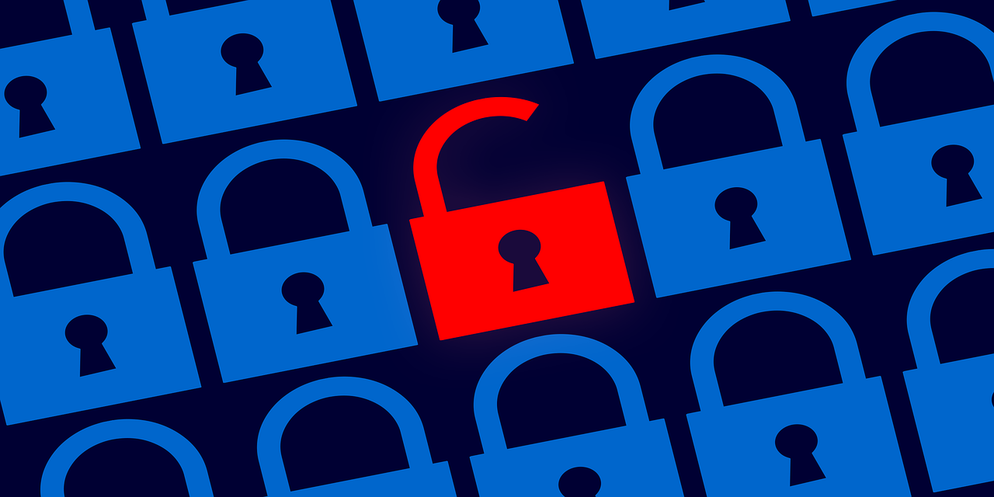You can no longer afford to be reactive where cybersecurity is concerned.
There is still a place within your organization for measures like firewalls, antivirus scanners, and multifactor authentication. They’re still a critical component of an effective security strategy. And it’s still imperative that you keep every system as up-to-date as possible.
However, these measures are now only part of the equation.
The modern security landscape is ever-changing, shifting as constantly as the tides. Keeping up-to-date on emerging threats and new technology is now more critical than ever. You need to know not only what fresh risks your business’s data might face, but also what new technology you might use to protect yourself.
It’s also imperative to realize – and to ensure leadership understands – that security is no longer the sole domain of the IT department. Everyone now has a seat at the table. And that means that everyone should, on some level, be involved in discussions about cybersecurity.
Your security team, your IT department, and the rest of your C-Suite must work together to develop a multidepartmental security policy. This should establish and clearly explain guidelines and policies for everything from password hygiene to working from home to acceptable use policies where devices are concerned.
But more importantly, it should be created with input from across the business, to ensure that no one finds their workflows impacted or their job unduly hindered by unnecessary controls.
Even once you’ve put a framework in place you cannot simply lay it to rest and call it finished. You must continually revisit, revise, and redesign your security processes, policies, and systems via regular risk assessments and audits. Cybersecurity is no longer a project – it’s no longer something you can mark as ‘finished.’
It is constantly changing. Constantly shifting and evolving. Your understanding and approach need to evolve with it.
Know what assets are at risk. Know from where that risk originates, and how best to mitigate it. Clearly-define your strengths and weaknesses, doing everything you can to maximize the former and minimize the latter.
And most importantly, ensure that every new process, system, and application has security built-in at the foundation. You can no longer protect corporate assets or safeguard against digital threats as an afterthought, or layer protection atop existing architecture. Just as your policies need to be devised with a mind for each department’s needs, so too must your systems be designed with security as a critical component.
And if you feel like you’re in over your head in that regard? Don’t worry, you aren’t alone in that. That’s why there’s a burgeoning market of consultants and third-party professionals who can assist you, providing the necessary foresight and expertise to navigate a landscape that is increasingly complex, confusing, and challenging.
Reach out to them – because it’s better to seek their assistance now than to wait for a data breach to occur.
